‘I have come to the view that God’s love is fundamentally about the practice of peace. God is love, and, therefore, God is our peace. We practice peace not just because it seems like a nice idea, but because peace is inextricably associated with becoming human’¹. These words are from Michael’s Preface to his wonderful and clarifying book, Practicing Peace. They distil its key themes and (for me) bring alive a perspective on the gospel that I realise I’m in danger of skating over far too lightly.
‘Peace’ is one of those words that can start to pass you by. Like motherhood, who could be against it? Some of you might remember the scene from Miss Congeniality when, one by one, all the contestants in the beauty pageant profess their profound commitment to ‘world peace’. So when Jesus is called ‘the Prince of Peace’, when he says ‘blessed are the peacemakers’, when Paul begins each of his letters with the greeting, ‘Grace to you and peace from God’, we don’t often ask what’s really being said or sense a radical new possibility opening up. But the New Testament does. It speaks of the gift of a ‘peace the passes all understanding’, a ‘peace that the world cannot give’. What is this peace? How does it matter? And how do we learn to inhabit and practice it?
Michael points out that: ‘There are lots of ways of making peace, if we think of peace as the absence of immediate conflict. For example, we can make conflict go away in the short term by silencing, expelling, or killing those who disagree with us’², those who ‘disturb the peace’ so to speak. But of course, ‘this apparent peace’, this cessation of disturbance, ‘can only ever be temporary’, because (says Michael) that which we violently exclude will inevitably resurface in a new form³. Think of how victory in war so often sows the seeds of future conflict; or how the suppression of dissent (in a society or in a family) inevitably leads to more discontent which one day bubbles over again.
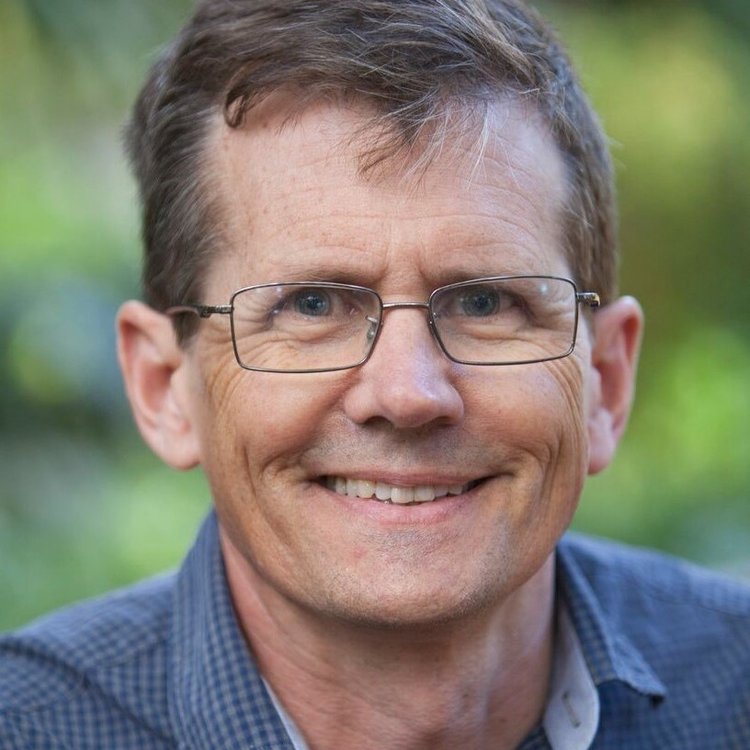
So peace that endures, lasting or deep peace, cannot be defined merely as the absence of overt conflict. It has to do with right or restored relationships. It involves mutual accord, a sharedness of life where we do not live at each other’s expense, but lovingly, attentive to and delighting in the good of all. Michael’s book is about how we learn to practice peace at this level – in our families, communities, organisations and in relation to the natural world. And this calls, he says, on the whole of our being – head, heart and hands.
Head, first! What makes us believe that authentic peace is possible? That it’s sourced in reality and not just in wishful thinking? For Christians, our understanding of the meaning of peace and the possibilities of true peace-making are sourced in the person and work of Jesus – in what he does and how he suffers. For it is Jesus who reveals that peace belongs to the nature of God and is the fulfilment to which all creation tends.
He refuses to participate in cultural mechanisms that keep an uneasy kind of peace, that deal with human rivalry and threatenedness by means of violence, suppression, exclusion. Think of his refusal to join in the stoning of the woman caught in adultery, his eating with the outcast and unlovely. Proclaiming God’s forgiveness and unconditional welcome, he restores people’s relationship to themselves, to community and offers the possibility of abundantly shared life – shalom. In the process, he reveals just how enmeshed in violent forms of so-called ‘peace-making’ human culture is. Ultimately the authorities categorise him as a disturber of the peace, and he is dealt with in the usual way: ‘You do not understand’, says the high priest in John’s gospel, ‘that it is better for you to have one man die for the people than to have the whole nation destroyed’ (John 11.50).
Still Jesus endures in the midst of it all, a still point in the storm, in a spirit of forgiving, reconciling love. And when, in the resurrection, he returns to his disciples, inviting them yet again to restored and renewed relationship, he greets them every time with the words ‘Peace be with you’. The peace he bestows on them in these encounters is not the quasi-violent peace of conflict averted or denied, the ‘system’ maintained, but the peace of God which is sourced in peace and experienced as acceptance, wholeness, belovedness, grace. This is a peace that cannot be destroyed by the world’s violence and is offered to us all.
As Michael puts it, ‘Jesus carries the violence of human wrath, as if through a lightning rod-cable, into the ground of his death. By being raised as the forgiving victim, Christ reveals the reality of God’s unconquerable life – a life that transcends our rivalries, forgives us for them. and will have no part in our death-dealing’⁴. ‘So he came and proclaimed peace to you who were far off and peace to those who were near, for through him both of us have access in one Spirit to the Father’ (Eph.2.17-18).
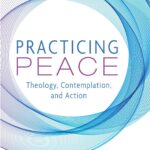
But how do we get access to this peace as a lived experience? We might be inspired by the vision of ‘one new humanity’ at home in the peace of God, but almost immediately we’re tripped up by our own threatened, defensive, rivalrous tendencies – our habits of competing for recognition or belonging or life, which (in subtle and not so subtle ways) make us enemies of each other, and get in the way of our being at peace with ourselves and of practising peace on earth.
This brings us to the work of the heart. For peace is not just an idea or vision, but involves the transformation of what Michael calls ‘our ego’s defensive security and belonging needs’⁵. And here what’s required is that we do our ‘inner work’, that we become aware and take responsibility for our way of being in the world. What are the stories I tell about myself or others that perpetuate division or alienation? What are some of my default reactions? What can I learn from my dreams or from feedback or by reflecting on my experience? And how might I forgive? All this inner work is undergirded and enabled, says Michael, by a practice of contemplation which cultivates our capacity for attention and interior spaciousness, and so opens us to the Spirit of God gently ‘making us into a people of peace’⁶.
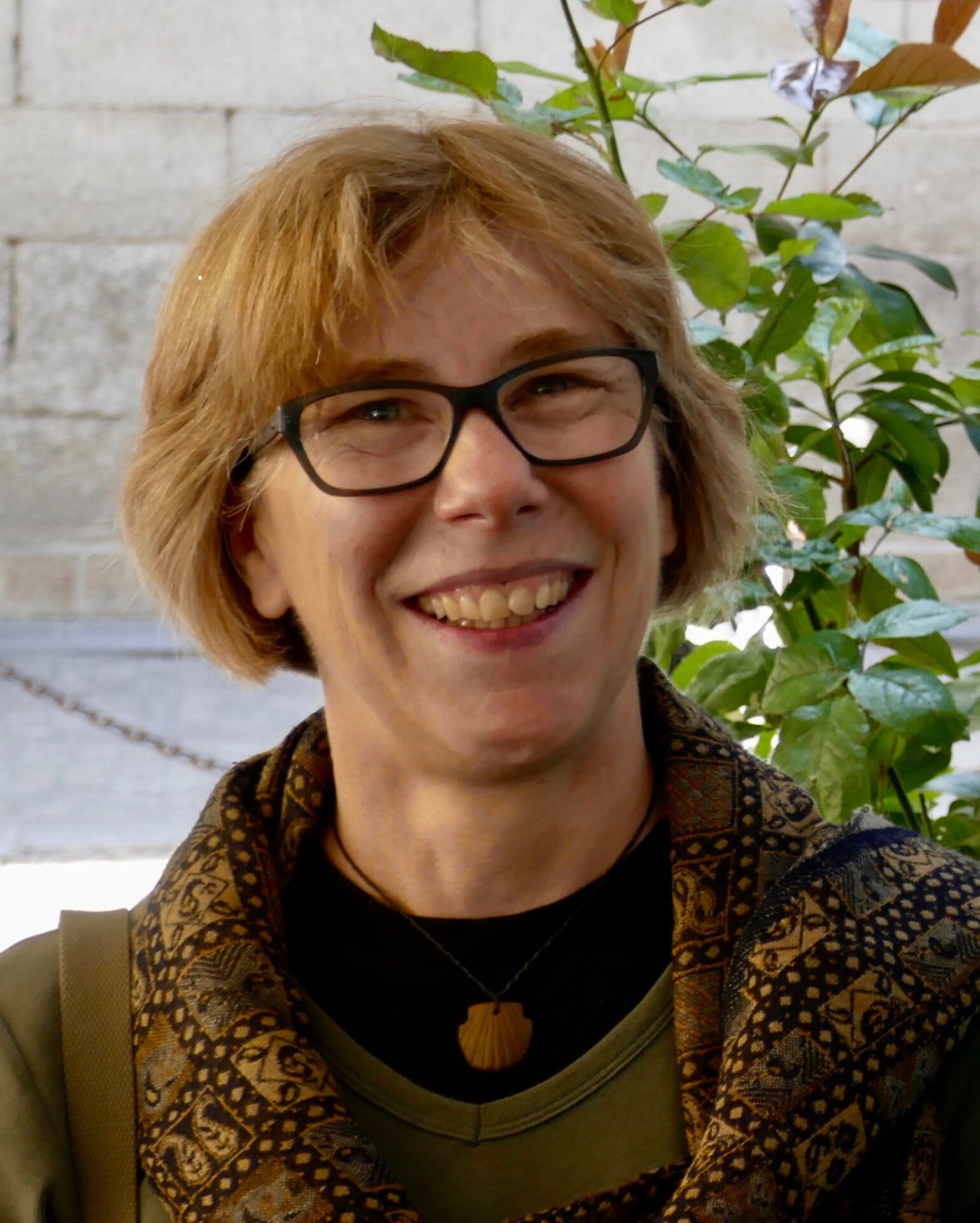
And, finally, this inner reconciliation and availability leads to the work of the hands – and the question of what Buddhists call, ‘skilful means’. It’s all very well to be committed to peace, and even to be engaged in the inner work that makes us more capable of practising peace. But how do we actually approach those difficult conversations? How do we go about restoring fractured communities and relationships? How do we create spaces where no one is even unintentionally excluded or silenced, so that genuinely shared vision and action might emerge?
The final part of Michael’s book explores peace as a practice, an art we can begin to learn and a process we can intentionally design for all kinds of organisational and community contexts. He speaks of dialogue, listening and circle processes, of restorative justice, reflective practice and nonviolent action, and teaches what he calls the choreography, the steps in the dance between power and love, that is at the heart of peace⁷. All this is grounded in his own experience of designing and hosting collaborative conversations oriented towards participating in the life-generating peace, the shalom, of God.
‘I carry a quiet hope’, Michael writes, ‘that Christian communities might be places where every member is on a lifelong journey of practicing peace’⁸. He concedes that this might sound like a big vision, given the frailty and failings and oftentimes violence of the church. But, he goes on, ‘Imagine the church throughout the world as constituting an international academy of peace, focused on the Christlike God, shaped by contemplative prayer, and practicing the art of dialogue. This could be a small contribution that Christians could make to the world’⁹. It seems to me that this vision resonates deeply with our WCCM’s commitment to Bonnevaux as a Centre for Peace. ‘I hope and pray that this book might be useful as a resource for the journey’, Michael writes. It is indeed that, for it guides ‘our feet into the way of peace’ (Luke 1.79).
¹ Michael Wood, Practicing Peace: Theology, Contemplation and Action (Eugene, OR: Wipf and Stock, 2022), p.xv.
² Wood, Practicing Peace, p.4.
³ Wood, Practicing Peace, p.4.
⁴ Wood, Practicing Peace, p.53.
⁵ Wood, Practicing Peace, p.152.
⁶ Wood, Practicing Peace, p.134.
⁷ Wood, Practicing Peace, p.201.
⁸ Wood, Practicing Peace, p.222.
₉ Wood, Practicing Peace, p.223.
Images sources: book cover by Goodreads.com; Michael Wood’s picture by pacebene.org

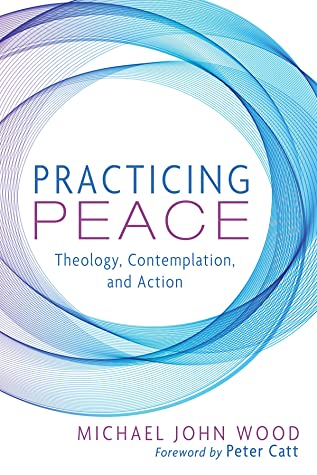


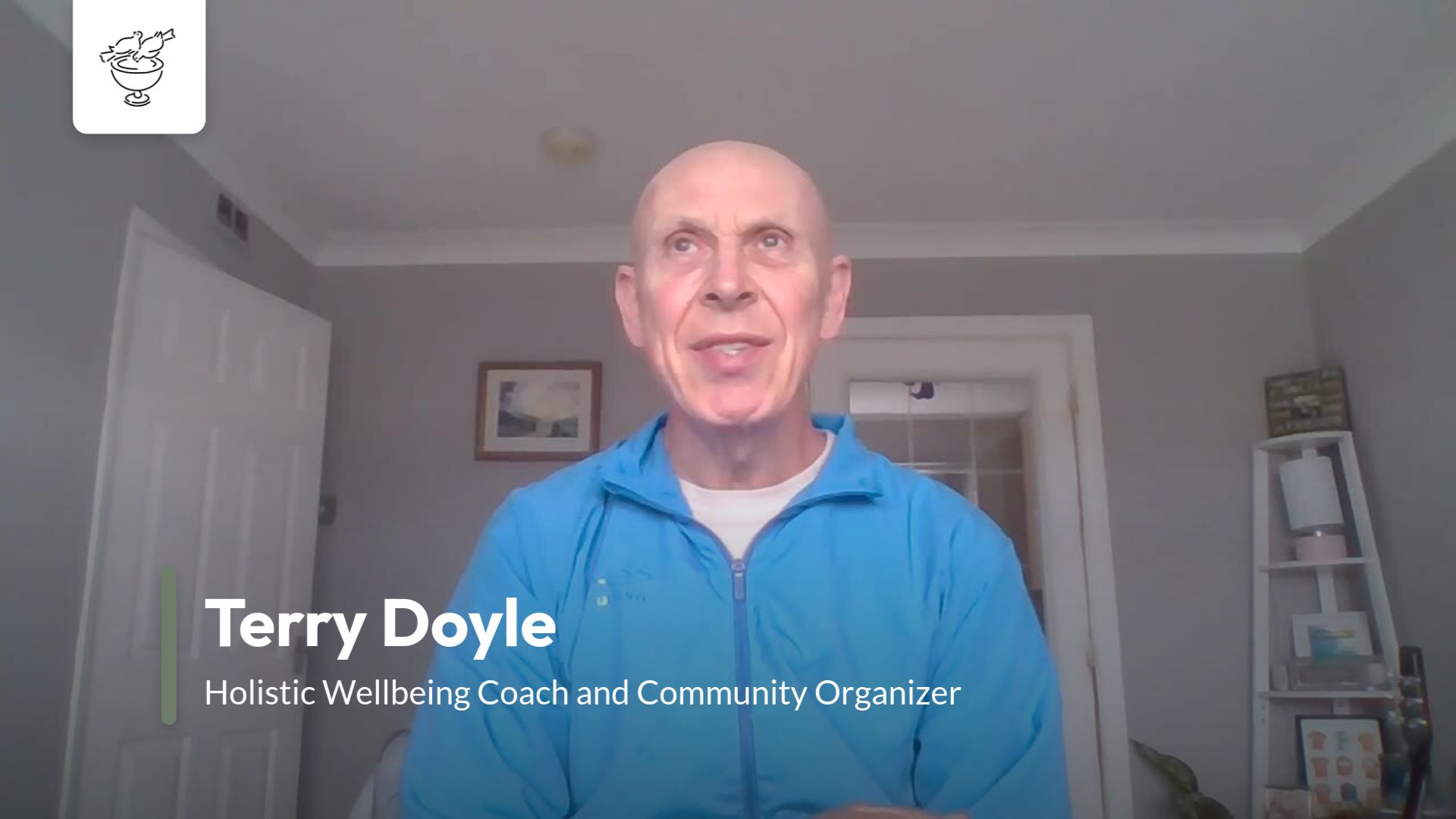

4 thoughts on “Practicing Peace: Theology, Contemplation and Action, by Michael Wood”
Thank you Sara. Your comments always are valuable to me. Had the pleasure to meet and share with you at Squamish, BC in 2019. Have a great day. Gabriel
PD Maybe interesting to offer the Spanish translation to the author. If he is interested on it.
Gabriel, I was also there at Squamish! I would be interested in hearing some more about your idea of a Spanish translation. Perhaps you could send me a message via https://www.michaeljohnwood.com/contact Warm Regards, Michael
Thank you for this posting this and for the Book reference.. I paid attention to the aspect of myself that can be
at times within less “skillful means “, and this practice of Being Peace can always
be a conversation I have with myself. I noticed when I fall into “the argue” with another spectrum that I have lost my feeling level, which is normally quite strong. So this reminds me to stay rooted/grounded in the embodiment of what I call the resonant field of “possibility” , where there are many ways to divert the “shrinking feeling level of my engagement”, to bring in a more open ( thereby expanded ) version of “Shalom “, the word that Richard Rohr built a whole program around and all of the ways this manifests within ourselves. The class helped me in myriad ways to ground myself into more ways to bring “God’s Shalom” into daily life. We have just finished the course last week after months of explorations, with my group from Eremos in Austin, Texas ( eremos.org ) So this really resonated within me and thank you for this . I learn all the time here. Which I appreciate and look forward to very much. Wisdom is a wonderful gift and goes on giving as we practice, I appreciate reading this here and applying more skillful means , in my daily life.
Deep gratitude for this post.
I have ordered this book after reading the review and some of the introduction. I am an ordained leader in the Episcopal Church and in my retirement I now have the time to offer myself to be part of intentional small groups as we share our stories and our intentions to be persons of peace for the world. Thank you for bringing my attention to this work.